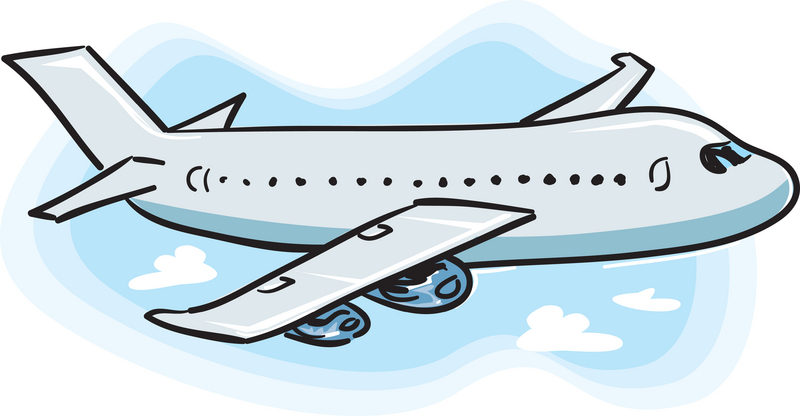 Vivek Kaul
Vivek Kaul
The Malaysia Airlines Flight 370 disappeared on March 8, 2014, with 227 passengers and 12 crew members, around 40 minutes after taking off. Whenever there is an air crash, questions are raised on how safe it is to fly. Given this, it is not surprising that the same seems to be happening at this point of time, with the disappearance of Malaysia Airlines Flight 370, which was on its way from Kuala Lumpur to Beijing.
“It increases the fear for people who are already afraid of flying. It temporarily makes people who may not be phobic about flying uneasy about flying. And people who already really have difficulty flying — it stops them from flying for a while,” Martin Seif, a clinical psychologist, told nbcnews.com.
Let’s take the case of what happened in the United States in the aftermath of two aeroplanes colliding into the two towers of the World Trade Centre on September 11, 2001. Many Americans took to driving long distances instead of flying.
But was that the right thing to do? As Spyros Makridakis, Robin Hograth and Anil Gaba write in Dance with Chance – Making Your Luck Work for You “In 2001, there were 483 deaths among commercial airline passengers in the USA, about half of them on 9/11. Interestingly in 2002, there wasn’t a single one. And in 2003 and 2004 there were only nineteen and eleven fatalities respectively. This means that during these three years, a total of thirty airline passengers in America were killed in accidents. In the same period, however, 128,525 people died in US car accidents.” The authors point out that close to 1600 deaths could have been avoided if people had flown instead of deciding to drive.
So, why did so many people take to driving in the aftermath of 9/11? The answer lies in what psychologists call “the illusion of control”. As the authors point out “The simple explanation is that, behind the wheel of your own automobile, it is natural to feel in control. Try telling drivers that they have no influence over the skills of other road users, the weather, the condition of the road, mechanical problems, or any other common causes of accidents – they will agree. But they still feel in control of their destiny when they drive. They can’t help it. Put them on a plane, and they think their life is in the hands of the airline pilot or, worse, a bunch of terrorists.” In fact, in the case of the disappearance of Malaysia Airlines Flight 370, pilot suicide is also one of the theories being bandied around and that definitely adds to the illusion of control.
The media plays a huge part in magnifying the illusion of control. “Plane crashes are turned into video images of twisted wreckage and dead bodies, then beamed into every home on television screens,” write the authors. The images of the crash lead people to conclude that flying is risky. In case of Malaysia Airlines Flight 370 there have been no images of the wreck till now, but there has been constant news coverage all over the world.
What people don’t take into account is the fact that many airplanes make safe landing almost every minute. None of this makes for news, though. “The thousands of airplanes which arrive safely at their destination every day hold no media interest. This isn’t news. So even the most logical of us are led to believe that the chance of a passenger dying in an airplane accident is much, much higher than it really is,” write the authors.
Also, car crashes rarely get talked about. “Car crashes, on the other hand, rarely make the headlines…Smaller-scale road accidents occur in large numbers with horrifying regularity, killing hundreds and thousands of people each year worldwide…We just don’t hear about them.”
What psychologists call the “availability heuristic” is also at work here. Daniel Kahneman defines the availability heuristic in Thinking, Fast and Slow as “We defined the availability heuristic as the process of judging frequency by “the ease with which instances come to mind.””
And given that more air crashes make it to the news than car accidents, it is easier to recall air crashes and deem air travel to be riskier. But driving remains much more risky than flying. As Kahneman puts it “Even in countries that have been targets of intensive terror campaigns, such as Israel, the weekly number of casualties almost never came close to the number of traffic deaths.”
In fact, flying has become more safe over the years. Data suggests that fatal accidents on commercial airplanes happened once in every 140 million miles flown. Now the number stands at once for every 1.4 billion miles flown.
Also, there have been improvements on other fronts as well. As Christian Wolmar points out in The Guardian “While extremes of weather and bird strikes continue to pose a risk, modern planes are far more resilient than in the past. Hijacking, a cause of several accidents in the 1970s and 1980s – and of course 9/11 – has been made very difficult thanks to the security passengers have to go through to get on a plane.”
Given these reasons, air travel remains the safest form of travelling, notwithstanding the air crashes that happen now and then.
The article originally appeared on www.firstpost.com on March 11, 2014
(Vivek Kaul is a writer. He tweets @kaul_vivek)